Just over two years ago, Ford CEO Jim Farley embarked on a road trip from Silicon Valley in California to Las Vegas, Nevada, behind the wheel of a Ford F-150 Lightning, and for good reason - the executive wanted to better understand what it's like in today's world to travel longer distances in an electric vehicle. Ultimately, Farley discovered that the existing EV charging infrastructure needs a lot of work, by his own admission, whether that be due to a lack of chargers or the fact that many of them just don't function properly.
This is at least part of the reason why Ford inked a deal with rival EV maker Tesla that has since granted owners of Blue Oval EVs access to that company's expansive Supercharger network, which is often praised not only for its size, but also, its reliability. Ford has since developed an adapter that enables owners with the Combined Charging System (CCS) standard to utilize Tesla's NACS (North American Charging Standard) chargers, though its future models will migrate to a native NACS port at some point.
However, we're now learning that a road trip taken by Farley and his son in a Ford F-150 Lightning - perhaps this same trip, or a different one - is what prompted the executive to pick up his phone and actually call Tesla CEO Elon Musk, too. "I took a Lightning through California with my son and it became pretty clear that we had a big problem with our charging network," Farley said in a recent appearance on CBS Sunday Morning. "So after that trip I called Elon out of the blue, never met him or anything. I was like, "is there any way you would share your supercharger network with Ford?""
As Ford Authority previously reported, Musk actually rejected Ford's proposal at first, but once Farley spoke directly with the Tesla CEO, he wound up changing his mind. It seems as if former Tesla exec and now-Ford exec Doug Field was the first to pose that question, after which Farley managed to convince Musk to open up Tesla's charging network to Ford - which became the first to ink such a deal, but since then, virtually every other automaker has followed suit.

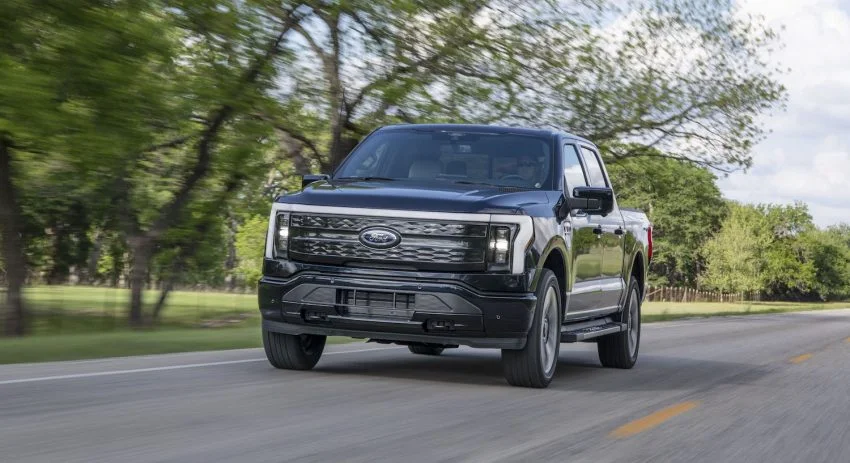
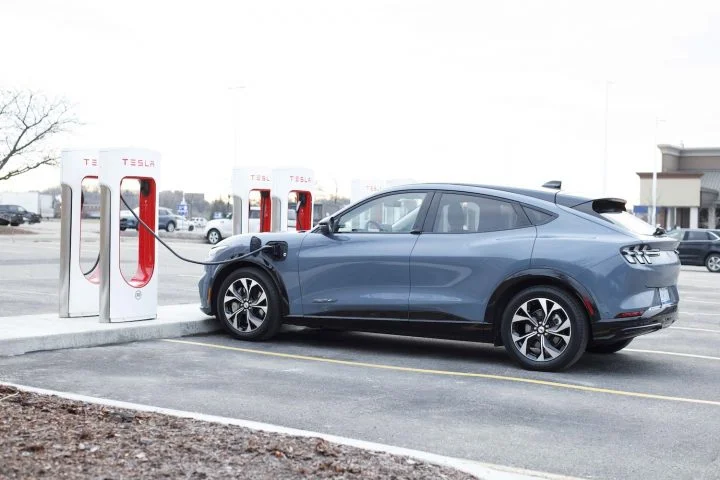
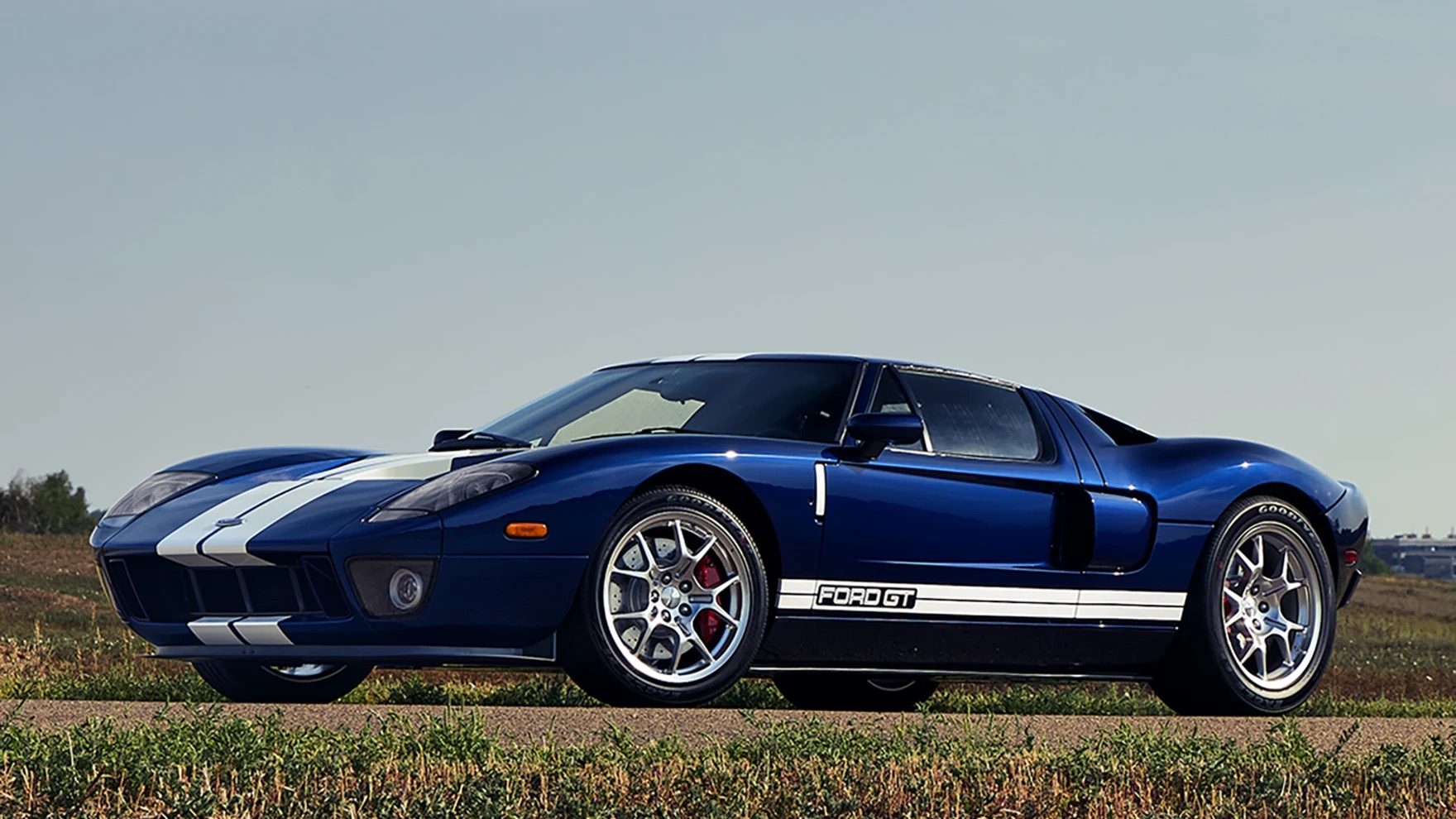
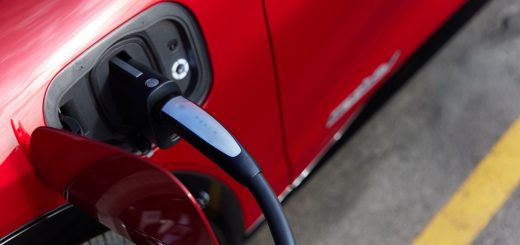
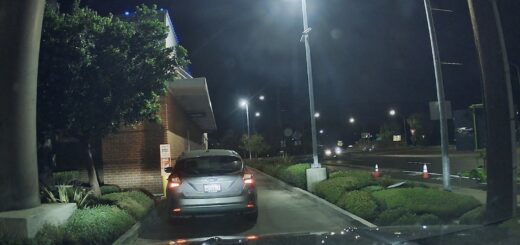
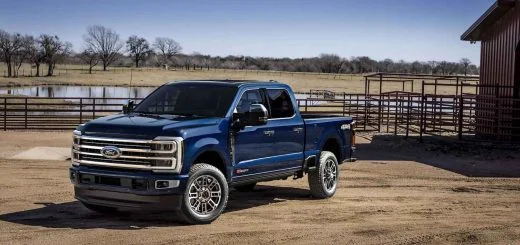
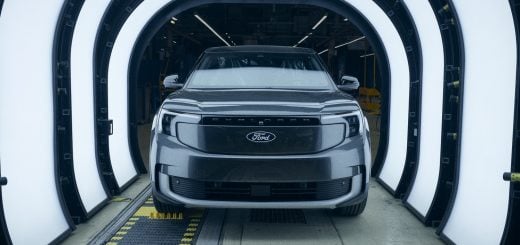
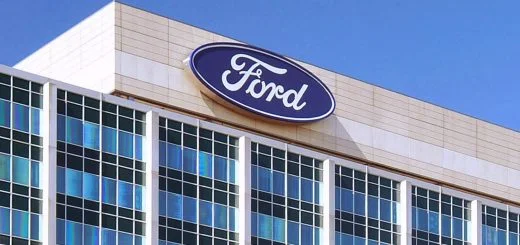
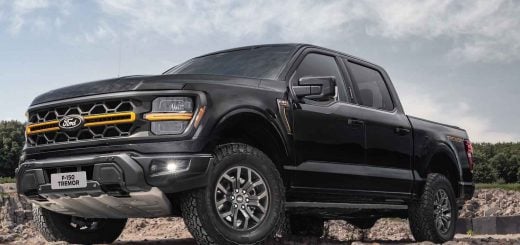
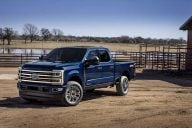
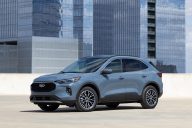
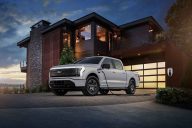
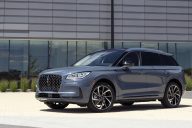
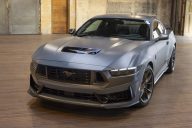
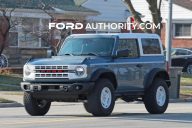
Comment
That's pretty sad that Farley had never taken his own product out on a road trip to learn of the pros and cons before pushing the vehicle. He should have known about these issues first hand, but also LISTEN to his consumers and also dealers when they were telling him of these issues with "range anxiety."
Since making that partnership and the first one, what has Ford really done? They created an adaptor? That's great to solve the immediate problem, but what they should have done right after that was convert their EVs to have a native NACS charging port, instead of having an adaptor. They told dealerships that the 2025 vehicles were going to have the native port, but that never happened and still won't happen in 2026.
Ford also should have redesigned to have charging port where the traditional gas location is, so the vehicle could fit better while using the Tesla Superchargers.